- Home
- Articles
- Architectural Portfolio
- Architectral Presentation
- Inspirational Stories
- Architecture News
- Visualization
- BIM Industry
- Facade Design
- Parametric Design
- Career
- Landscape Architecture
- Construction
- Artificial Intelligence
- Sketching
- Design Softwares
- Diagrams
- Writing
- Architectural Tips
- Sustainability
- Courses
- Concept
- Technology
- History & Heritage
- Future of Architecture
- Guides & How-To
- Art & Culture
- Projects
- Interior Design
- Competitions
- Jobs
- Store
- Tools
- More
- Home
- Articles
- Architectural Portfolio
- Architectral Presentation
- Inspirational Stories
- Architecture News
- Visualization
- BIM Industry
- Facade Design
- Parametric Design
- Career
- Landscape Architecture
- Construction
- Artificial Intelligence
- Sketching
- Design Softwares
- Diagrams
- Writing
- Architectural Tips
- Sustainability
- Courses
- Concept
- Technology
- History & Heritage
- Future of Architecture
- Guides & How-To
- Art & Culture
- Projects
- Interior Design
- Competitions
- Jobs
- Store
- Tools
- More
Why Choosing Prefab Homes Lowers Environmental Impact in NZ
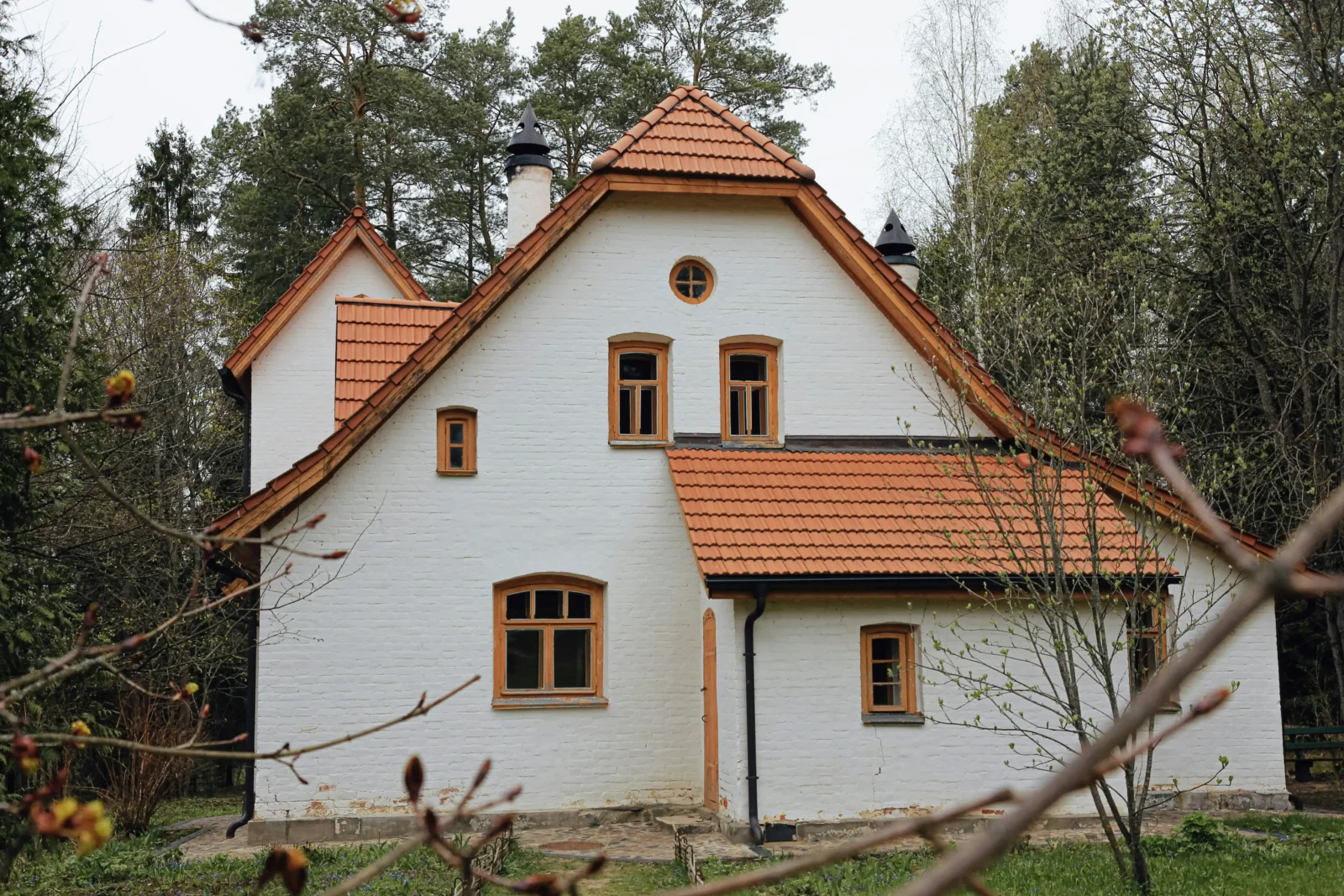
New Zealanders want homes that balance comfort with care for the environment. Traditional construction creates waste, consumes high levels of energy, and leaves a heavy footprint on local communities. Buyers are searching for smarter ways to own property without compromising values.
That is why prefab houses NZ are rising in popularity. These homes are built in factories under strict control, then assembled on-site with far less disruption. This article outlines reasons why prefab homes lower environmental impact and why they appeal to modern buyers.
Table of Contents
ToggleReduced Waste Through Precision
Prefab homes are produced with exact measurements, which leaves little room for error. Unlike traditional sites where wood, steel, and insulation often pile up as scraps, prefab factories minimise leftovers. This translates into cleaner sites and fewer trips to the landfill. Less waste also means less stress on local ecosystems. The benefits extend to neighbourhoods as well. Residents face fewer interruptions from constant debris removal and noisy machinery.
Lower Energy Use in Construction
Traditional construction sites require heavy equipment and constant power use. Prefab homes avoid much of this by centralising work in one facility. Factories operate efficiently, which reduces fuel and electricity demand. This results in fewer emissions tied to the building phase.

Transport needs are also lighter. Most of the work is done before delivery, so fewer trucks and heavy machines are required at the final site. This lowers fuel use and helps keep local roads less congested during the build.
Faster Construction Reduces Site Impact
Unlike traditional builds, prefab homes are ready in just a few weeks. Shorter projects mean fewer machines in operation and less power consumed at the site. This helps reduce emissions from long-term construction.
Faster builds also limit community disruption. Roads stay clearer, noise drops, and neighbourhoods return to normal life more quickly. A shorter timeline brings both environmental and social benefits.
Use of Sustainable Materials
Many prefab builders in NZ now prioritise eco-friendly resources. Recycled steel, responsibly harvested timber, and safe insulation are common choices. These materials deliver strength while lowering strain on natural reserves. Buyers gain durable homes with a clear environmental benefit.
Factories in NZ also make it easier to manage supplies responsibly. Instead of tossing leftover stock aside, companies can store or reuse it for the next project. This system helps reduce unnecessary waste and promotes smarter use of resources.
Energy Efficiency in Daily Life
Prefab houses in NZ are designed for an efficient life, long after construction ends. Strong insulation and an airtight building keep interiors comfortable without heavy reliance on heating or cooling. Smart layouts maximise natural light, which lowers energy needs during the day. Families cut costs while lowering their impact on the environment.
These features also create healthier spaces. Consistent temperatures, improved air quality, and reduced reliance on artificial systems contribute to a better lifestyle. Efficiency becomes part of daily life rather than an afterthought.

Key Environmental Advantages of Prefab Homes
Prefab homes stand out because their eco-benefits cover both the building process and long-term use. Each advantage highlights why this option is gaining traction in New Zealand. The following points show the most important contributions.
- Precise construction reduces material waste.
- Renewable and recycled resources protect the environment.
- Fewer transport requirements lower fuel demand.
- Energy-efficient designs cut power bills year after year.
Prefab homes give buyers in New Zealand the chance to own property that fits both modern standards and environmental needs. They minimise waste, lower construction energy, speed up timelines, and use sustainable resources. On top of that, they deliver efficient designs that save money and reduce household emissions. By selecting prefab, buyers bring simplicity, comfort, and sustainability together under one roof.
illustrarch is your daily dose of architecture. Leading community designed for all lovers of illustration and #drawing.
Submit your architectural projects
Follow these steps for submission your project. Submission FormLatest Posts
Are Organic Bamboo Sheets Worth the Investment?
When it comes to getting a good night’s sleep, the quality of...
Converting Garages to Living Spaces: Structural Changes That Require Professional Engineering
When considering a garage conversion to extend your home’s living space, understanding...
A Beginner’s Guide to Architectural Details
Architectural details explained for beginners: clear terms, key joints, proportions, climate-smart specs,...
5 Must-Visit Structures by Norman Foster
Explore five must-visit structures by Norman Foster, showcasing iconic works that combine...





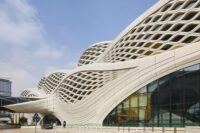
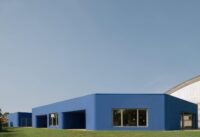
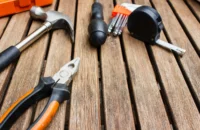

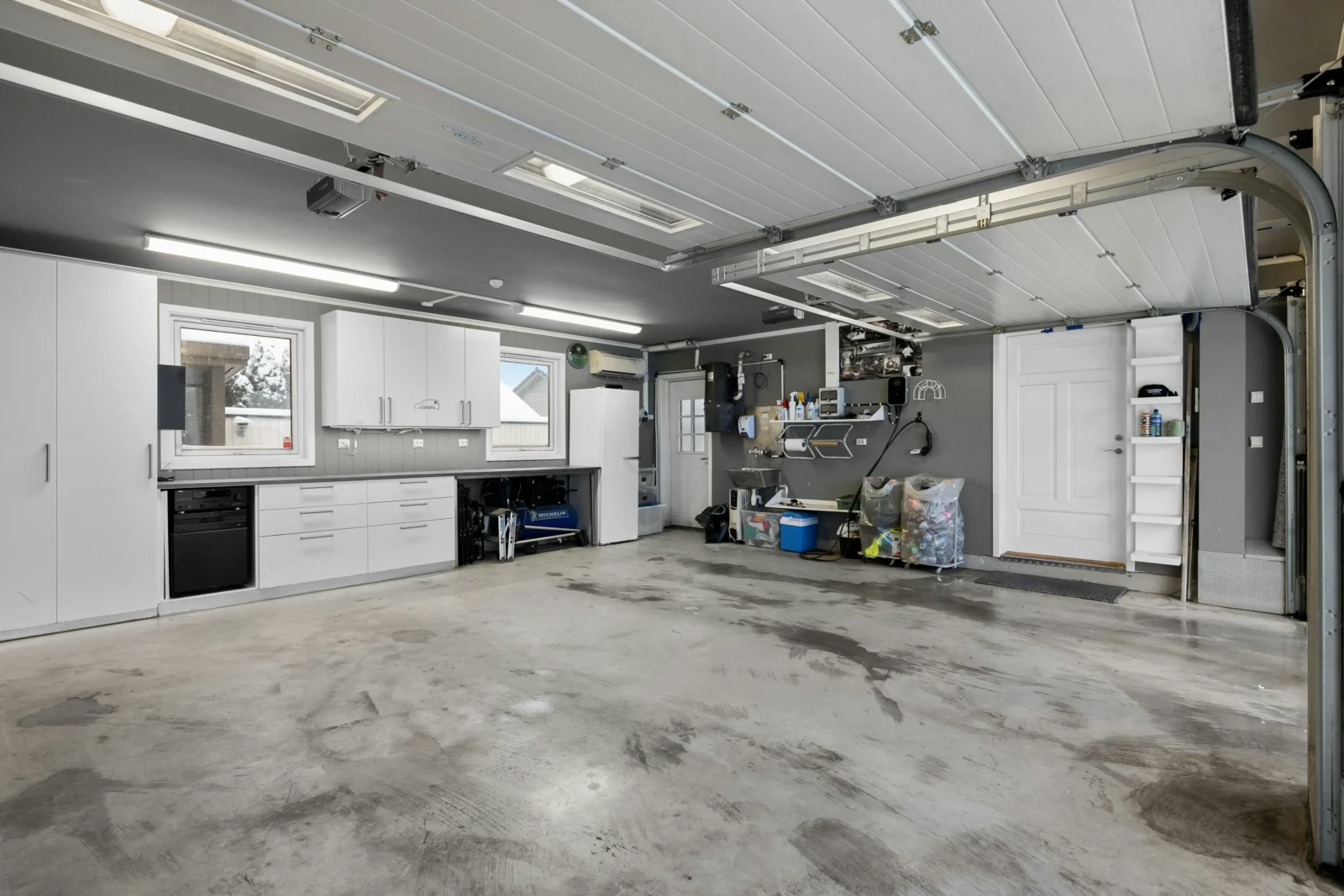
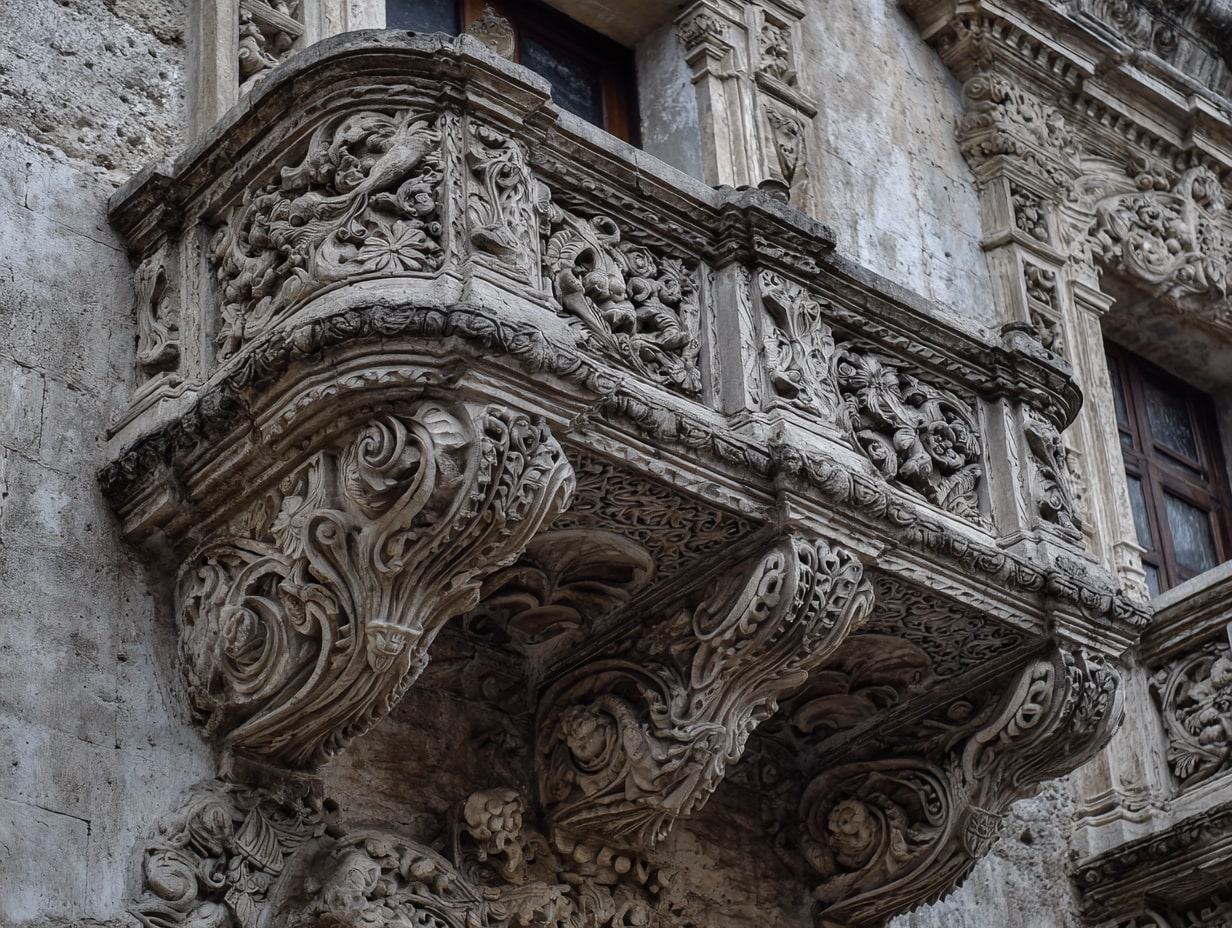
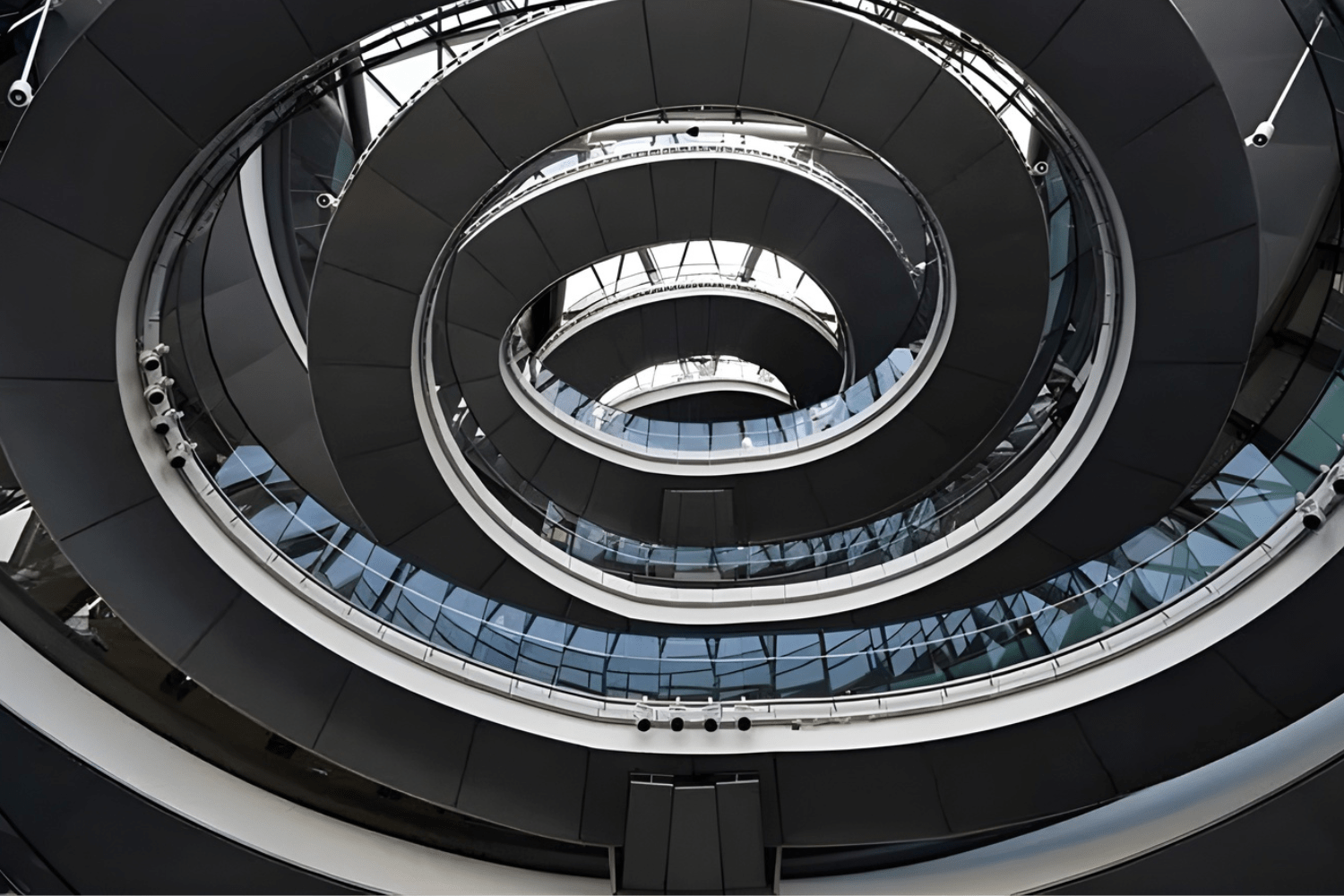
Leave a comment